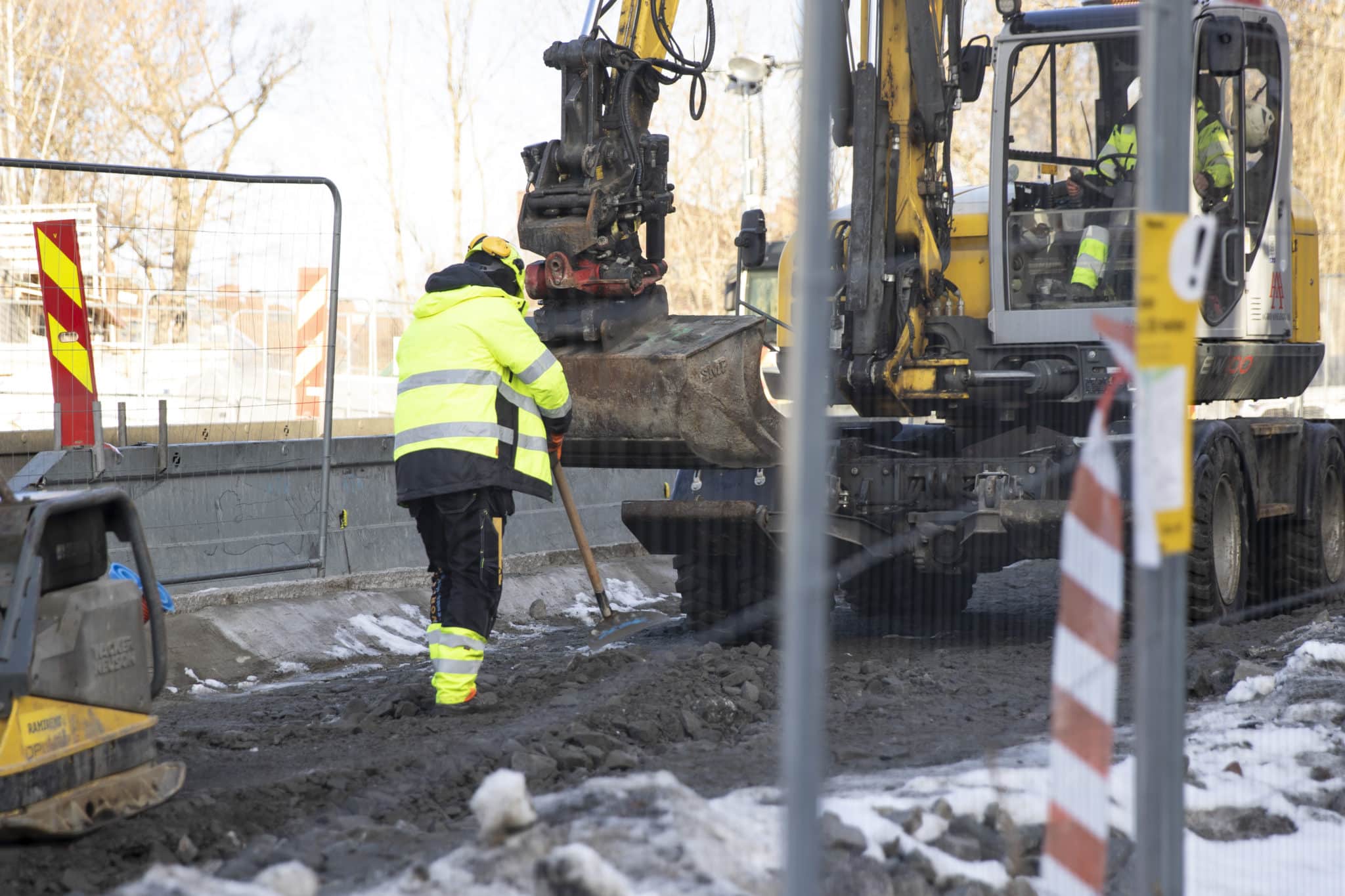Questions Considered by the Supreme Court
The first question the Supreme Court considered was whether the courts may, as a preliminary matter, review the validity of the County Governor’s decision under Section 18-8 in connection with a decision under Section 18-9. This concerns whether the court can consider the underlying administrative decision under Section 18-8 in order to assess the claim brought before it (the basis of the claim).
The second question considered was whether the municipality and the County Governor had the authority to approve the increased cost estimate.
The Supreme Court found that a decision under Section 18-9 must be based on the preliminary decision under Section 18-8, and any errors in the preliminary decision may therefore be reviewed as a preliminary matter. The preliminary decision under Section 18-8 had not become final and barring preliminary review requires special justification. This was not the case here. The Supreme Court stated in paragraph 43:
“A final reimbursement settlement under Section 18-9 will, however, not be valid if it is based on an invalid Section 18-8 decision, even when the latter decision is made by the County Governor. Should the municipality consider it necessary to obtain the County Governor’s renewed view on its Section 18-8 decision, it may, as part of the case processing, request this.”
The Supreme Court further found that the increase in costs in the revised calculation was not permitted, as they were neither necessary nor justified based on the original assumptions. The Supreme Court pointed to predictability as an important purpose of Section 18-8. The Supreme Court stated in paragraph 61:
“It was not permissible to rely on new information about the project owner’s other costs than those that justified the annulment. The information was submitted after the municipality made its first Section 18-8 decision, and also after the project owner had commenced the works.”
In our view, the Supreme Court’s decision was not particularly surprising, but it is always welcome when unresolved questions are clarified.
You can read the full judgement here.








